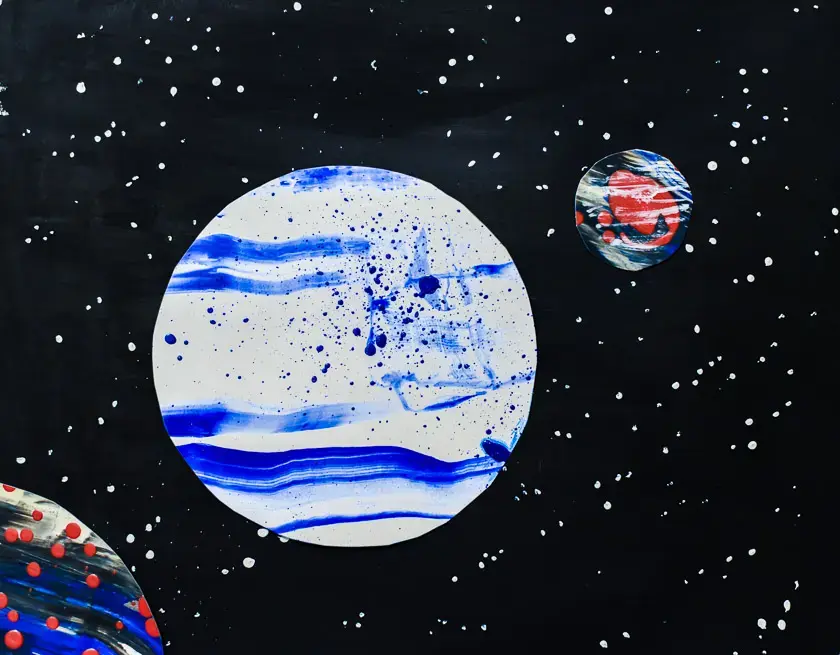As a designer, I often get the opportunity to participate in starting and planning projects. Some projects have many unknowns, and we follow a Discovery process before proposing a blueprint for what to build, and why. And sometimes, we need to understand the scale of a challenge without following this familiar discovery process.
Now, please measure the unknown
At first, it may seem impossible: how can I “size up” a solution to a problem without knowing all the variables, and the potential ranges for each one? How can I estimate when the thing I am measuring feels like a black box?
If you step back from the problem, however, you may find that you know more than you think. This situation reminds me of an example a Mathematics professor gave me to explain how they work with abstract concepts.
Start by measuring the infinity
Let’s say you’re trying to measure an infinite thing. Imagine if you were to remove two walls and the ceiling from the room you’re sitting in. Take in all the space, stretching out into the cosmos — in front, to your left and above you (but not the other four quadrants.) It is, indeed, an infinite amount of space that you couldn’t measure in familiar ways - but what you do know is that it’s smaller than the other three quarters you did not include.
By itself, a thing can feel immeasurable, but in the context of other like things, you can easily size it up.
Decide what kind of infinity it is
Your problem might still feel like a black box. That’s fine. Shake the box a bit - does it rattle? How does it behave? What you’re trying to get at is the structure, rather than the size or weight.
Structure corresponds to design intent, versus the weight and size deals with implementation. The intent of a bridge is fundamentally different from the intent of a house. They are meant to behave differently, even though the size, materials and construction techniques could be similar. If you can reliably say that you’re building a bridge, and it’s smaller than any of the previous three bridges you’ve seen - you can have a good amount of certainty that the project will fall between X and Y size.
Even more importantly, by calling the project a bridge, you’ve now reduced the number of confusing variables you’re working with. You and your team can how have a conversation around how long, and how strong the bridge needs to be, but you’re not worrying about whether it needs to fly, or have a patio in the front.
No one has all the answers
As professionals, we often feel like we should have all the answers. But no one can have them all. True professionalism means being honest about what you don’t know while doing our homework to narrow down the infinity to something we can address intelligently.
Scientists do this all the time. We measure far away planets by looking at very scarce data and comparing it to what we know. As we learn more, whole theories get rewritten and replaced. But if we don’t start with the theory we have, and make a good attempt at solving a problem, we will never learn more.
The opposite of knowing isn’t not-knowing. It’s not trying. We must share openly what we don’t know and, in case of a design discovery, document assumptions and caveats. If we’re sizing up an unknown bridge, be vocal about your assumption that the bridge posts are not underwater (that’d triple their cost and complexity) or resting on a volcano (good luck). Your black box may contain an infinity, but by describing it and naming it you’ve gone a long way towards answering, “how large?”


